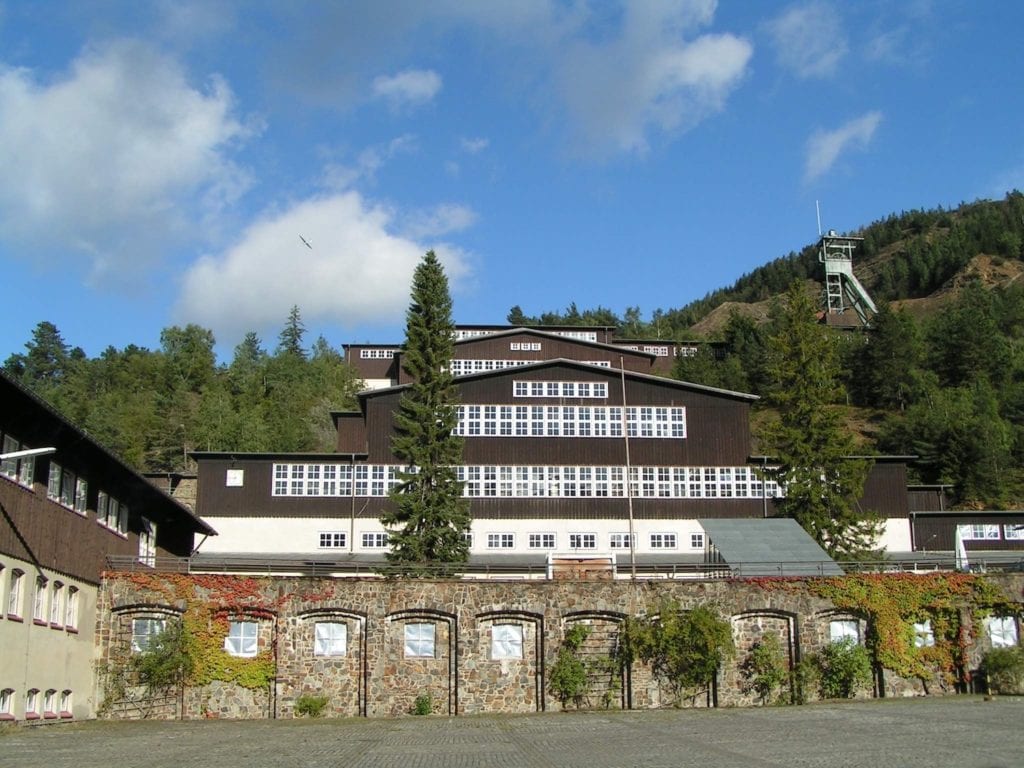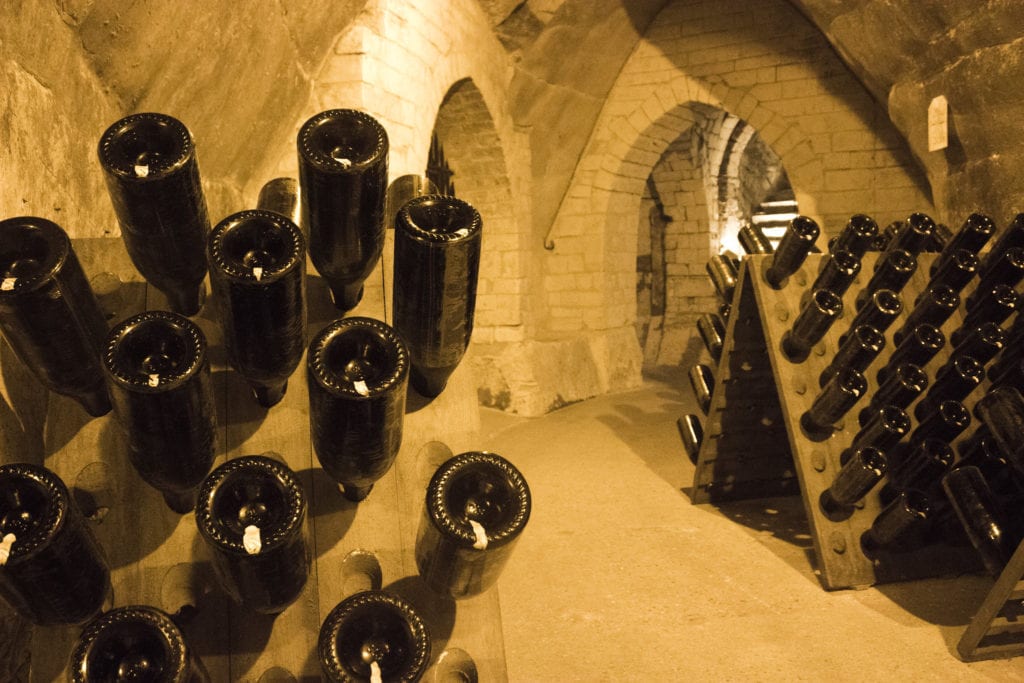UNESCO World Heritage Sites are not all about high-visibility, high-profile monuments. Sometimes, they allow you to delve a little deeper. Some of theses sites quite literally give you the chance to explore what is hidden beneath the ground. Visiting the lesser known locations is a great sustainable choice – reducing the impact of your travels, and putting less strain on local environments and resources. So, if you would like to explore the underground side of Europe, and enjoy something a little out of the ordinary, here are some amazing UNESCO sites for you to consider:
The Mining Area of Great Copper Mountain, Falun, Sweden

This was once one of the world’s most important mining areas. During their 17th Century heyday, Falun’s mines produced 70% of the all the copper produced in the western world. On the surface, the Great Pit dominates the landscape, and you can walk around it and explore miner’s houses nearby. But visitors can also go into the depths of the complex’s underground tunnels to learn more about the fascinating histories of the mines. The paint color, Swedish red, which you will see across the country, originates here, as have any other national treasures.
The Mines of Rammelsberg, Goslar & the Upper Harz Water Management System, Germany

The mines of Rammelsberg fed the wealth of the city Goslar, home to Germany’s Kings and Emperors up until 1253. These are now UNESCO listed along with a mining water management system which was established by Monks n the Middle Ages and grew until the 19th Century. The regions wealth and industry played an important role in creating the Germany we see today. Visitors descend into a massive mine, where ancient tunnels meet far more modern industry, starting their trip on a mine train. Explore history in this subterranean world and in the town above it. If you are fortunate enough to visit at Christmas, be sure to visit the market both above and below ground.
Zollverein Coal Mine Industrial Complex, Essen, Germany

A fascinating living museum of European industry, Zollverein was once Europe’s largest coal-ming facility. Over 8,000 workers toiled here at one time, and coal was mined and processed here for 135 years before it closed in 1986. Go deep to learn more about this exemplar of industry, with its Bauhaus influenced architecture, shown off to great effect by modern light shows and cultural and artistic events.
The Mining Sites of Walonia, Belgium

Across Wallonia’s coal basin, which stretches for 170km across the country, it is possible to descent into four well-preserved museum mines that honour the lives and work of the generations of miners who toiled here and, in the process of powering the Industrial revolution, changed the face of Europe. Those who enjoy heading underground will particularly enjoy the experience at Blegny-Mine, where visitors can take ‘the cage’ down almost 60m to see what lies beneath.
The Nord-Pas de Calais Mining Basin, France

Several sites across the 4,000 hectares of the Nord-Pas de Calais mining basin also shed light on the region’s three hundred years of coal mining. Here you can enjoy subterranean exploration to learn more about the history of the industrial revolution, walk in the miners’ footsteps and hear how they lived and worked first hand. Mining ceased here in the 1990s, but the dynamic environment has been preserved. There are also a great many cultural events, a museum, and other attractions here. In winter, visitors can even ski down the slopes of the tallest slag heaps in Europe.
The Cellars of Champagne, France

The wines of Champagne, France are well known to many. The Champagne region of France has a terroir perfect for production of this world-famous sparkling wine. The hillside vineyards, houses and cellars here are the only place to find out more about this famous beverage. The Champagne houses offer a wide range of tastings, tours and experiences, and also allow visitors to step down underground into one of the original cellars, some roughly cut as quarries in Roman times, where you can raise a glass in celebration of champagne.
Historic Town of Banská Štiavnica & The Technical Monuments in its Vicinity, Slovakia

One of the world’s most impressive mining towns, this place was built on silver and gold. Yet this place is famous not only for its treasures, but for the fact that it was home to some of the most influential mining engineers in Europe. After exploring the beautiful, historic monuments above ground, visitors can explore underground mining shafts, to learn more about life for the miners, and the innovations created here that were exported across the continent.
Tokaj Wine Region, Hungary

This wine region is well known to connoisseurs of Hungary’s most beloved wines. Here you will find a romantic landscape, nestled in the foothills of the Zemplen mountains, where wine has been made for more than a millennium. Descend beneath the ground here to explore labyrinthine cellars, which store the wines produced on the vine-clad slopes above. In the volcanic rock cellars, you can find out more about some of Europe’s oldest wine-producing traditions.
Royal Salt Mines in Wieliczka & Bochnia, Poland

At the Royal Salt Mines, an unusual and breathtaking location, visitors can explore a mysterious world of salt below the ground. These salt mines were in operation between the 13th and 20th Centuries and hundreds of kilometers of underground galleries and chapels here are filled with statuary and other works of art carved in salt. Enjoy an adventure through this stunning underground landscape that miners constructed for themselves and learn more about its fascinating history. Nearby Bochnia Mine is less well known but also well worth visiting. There you can ride the underground train or even take the world’s only ferry crossing over an underground brine lake.
These are just some off-the-beaten-track UNESCO world heritage sites that you could consider visiting – and many more subterranean adventures to enjoy as you explore deeper into European history and discover new sights not as plagued by tourist crowds as better known attractions.









The article skillfully highlights the significance of these sites as custodians of humanity’s collective heritage, emphasizing their role in preserving and celebrating the diverse cultural traditions and achievements of past civilizations.